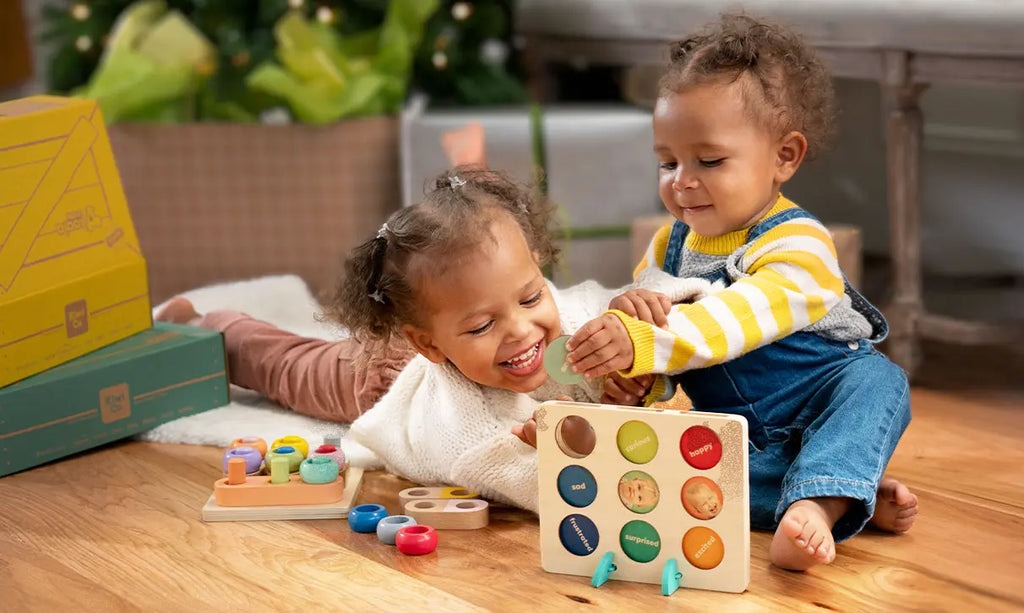
Kids’ Toys: More Than Just Play
Toys have always been a central part of childhood. From stuffed animals to building blocks, toys do more than entertain—they shape the way children learn, interact, and grow mainasik. In today’s fast-paced, tech-driven world, the landscape of kids’ toys is rapidly evolving, yet their fundamental role remains the same: to support development, spark creativity, and bring joy.
The Importance of Toys in Child Development
Toys are not just fun; they are essential tools for learning. The right toys can:
-
Enhance cognitive skills: Puzzles, memory games, and STEM kits help kids develop problem-solving abilities and logical thinking.
-
Boost physical development: Toys like ride-ons, balls, and building sets improve coordination, strength, and fine motor skills.
-
Support emotional and social growth: Dolls, action figures, and role-playing games encourage empathy, cooperation, and communication.
Play is the language of childhood. Through toys, children explore their world, express emotions, and make sense of new experiences.
Categories of Kids’ Toys
Today’s toy market offers an overwhelming variety of options. Here’s a breakdown of some key categories:
1. Educational Toys
These toys combine fun with learning. Think alphabet blocks, science kits, or interactive books. They stimulate curiosity and often align with early childhood education goals.
2. Creative and Artistic Toys
Crayons, modeling clay, musical instruments, and craft kits encourage kids to express themselves and develop fine motor skills.
3. Outdoor and Active Toys
Bicycles, scooters, water toys, and sports equipment promote physical activity, which is crucial for healthy development.
4. Electronic and Tech Toys
Tablets, coding robots, and talking toys can introduce kids to technology in a controlled, educational way. However, moderation and supervision are key to healthy screen time.
5. Imaginative Play Toys
Dollhouses, costumes, play kitchens, and action figures allow kids to create stories and play pretend, building imagination and social skills.
Choosing the Right Toy
When selecting toys for children, consider these factors:
-
Age-appropriateness: Always check the recommended age range to ensure the toy is safe and engaging.
-
Safety: Avoid toys with small parts for younger children and ensure they meet safety standards.
-
Durability: Kids can be rough with toys, so quality materials matter.
-
Interests and personality: Every child is unique. Choose toys that align with their interests—whether it’s dinosaurs, space, or music.
The Role of Parents and Caregivers
While toys are powerful tools, the involvement of adults greatly enhances the experience. Playtime can be an opportunity for bonding, learning, and communication. Simple actions like building a tower together or reading a storybook can strengthen relationships and boost a child’s confidence.
Final Thoughts
Kids’ toys are more than just objects to keep children busy—they are instruments of growth, creativity, and joy. As parents, educators, and caregivers, choosing the right toys and engaging with children in play can have a lasting impact on their development and happiness.
So next time you step into a toy store or shop online, remember: you’re not just buying a toy, you’re investing in a child’s future.